Puerto Rico: idyllic beaches, authentic cuisine, and unique experiences in this Puerto Rican paradise in the Caribbean.

“Here the heat is different; the sun is Taíno,” says Bad Bunny in his song El Apagón , part of the album Un Verano Sin Ti (2022). With this phrase, the artist refers to Puerto Rico and everything the island has to offer.
Originally, the island was home to the Taínos, an indigenous group who called their land Borikén or Boriquén , a name that translates as “the great land of the brave and noble lord.”
Over time, this word evolved until, in 1844, it appeared as "Boricua" in the Spanish translation of Frenchman Jean-Antoine Letronne's geography textbook , used to refer to Puerto Rico. From then on, it began to be used as a demonym for the island's inhabitants.
“In Puerto Rico, we are Boricuas. It's a unique name that honors our island heritage, but it goes far beyond that. Boricua is a spirit, a flavor, a rhythm that you can only find in one place on earth: Puerto Rico. It's a state of mind and a way of life, embodied by our proud and passionate people, that you'll feel in every corner of the island,” explains Discover Puerto Rico, the official tourism promotion organization for the Caribbean destination.
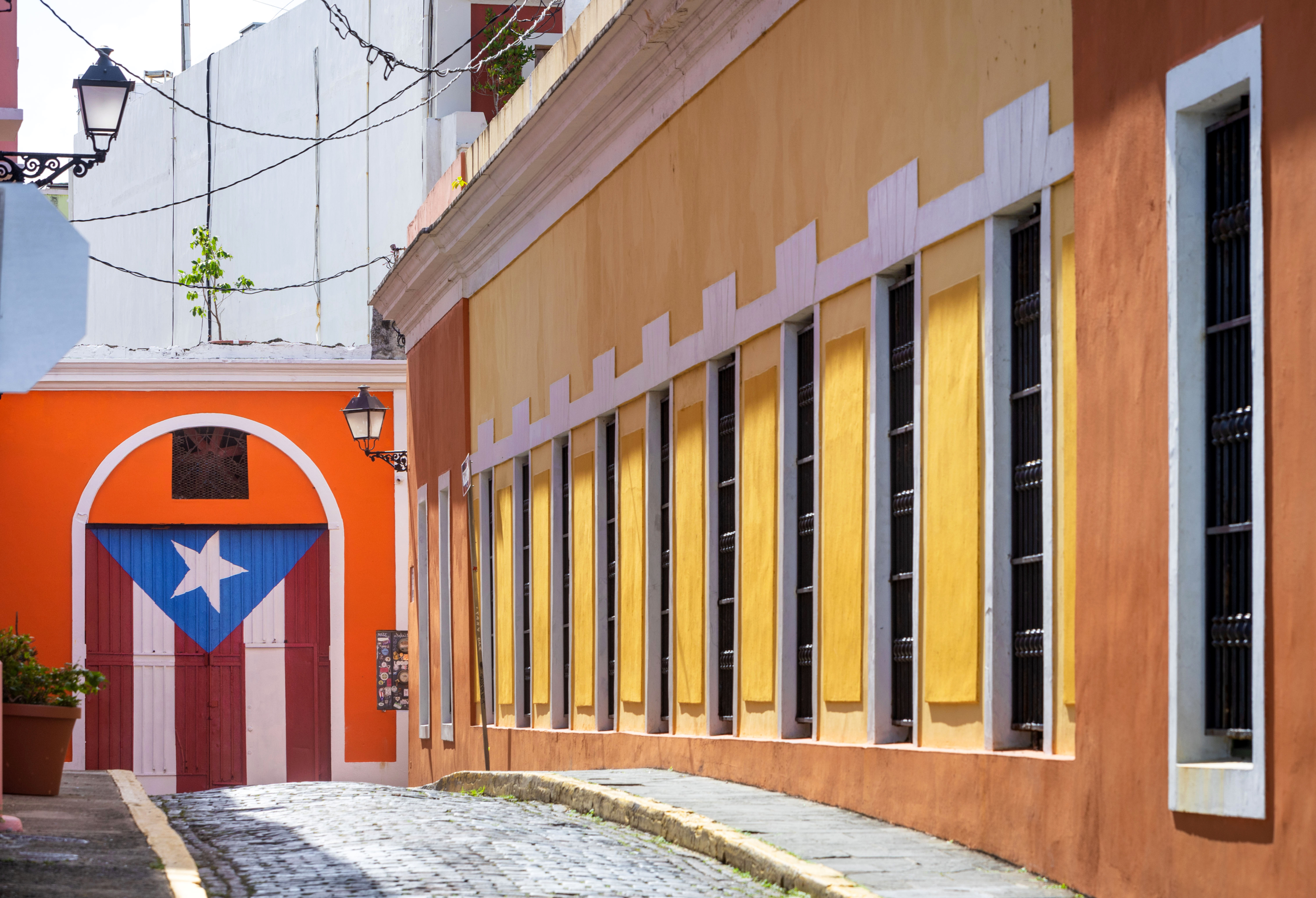
Alley with the Flag Gate, one of the most photographed spots in San Juan. Photo: Courtesy of Discover Puerto Rico.
Currently, and until September 14, Bad Bunny's residency, "I Don't Want to Leave Here," is taking place, a series of 30 concerts at the Puerto Rico Coliseum, popularly known as El Choli.
The artist's presence is felt from the very first moment: Luis Muñoz Marín International Airport welcomes travelers with images of the artist , while local entrepreneurs take advantage of the events and his latest album 'Debí Tirar más Fotos' to offer products designed for his fans.
But Puerto Rico doesn't just sound like reggaeton. The island also vibrates to the rhythm of plena and bomba, two musical genres linked to its identity. Plena, with African and Spanish roots, originated in Ponce at the beginning of the 20th century and combines singing, percussion, and folk storytelling. Bomba, meanwhile, is an Afro-Puerto Rican genre in which the drum and the dancer engage in a dialogue. Salsa, which is an essential part of the country's sonic soul, is also a staple.

"I Don't Want to Leave Here" experience at the Plaza las Américas Shopping Center. Photo: Angie Rodríguez - EL TIEMPO.
San Juan offers a diverse range of tourist attractions. Notable restaurants include Lala, owned by Bad Bunny; La Casita Blanca or Casita Miraflores for those seeking traditional cuisine; and La Central by Mario Pagán for a more contemporary experience. Each location offers something unique, but the ideal option is to be amazed by the flavors of mofongo, arroz con gandules, or alcapurrias.
It is said that it was bartender Ramón "Monchito" Marrero at the Caribe Hilton—a beachfront resort in San Juan— who created the iconic piña colada (rum, pineapple juice, and coconut cream) in the 1950s. Besides this iconic hotel, other recommended places to try this cocktail are Barrachina, Villa Cofresí Hotel, and JungleBird.
Among the must-see tourist spots in the Puerto Rican capital are Castillo San Felipe del Morro, which evokes the fortresses of the Spanish colonial era ; Calle de la Fortaleza, the Plaza de Armas, the Museum of the Americas, and the colorful Alley with the Puerta con la Bandera (Flag Gate), one of the most photographed spots in San Juan.
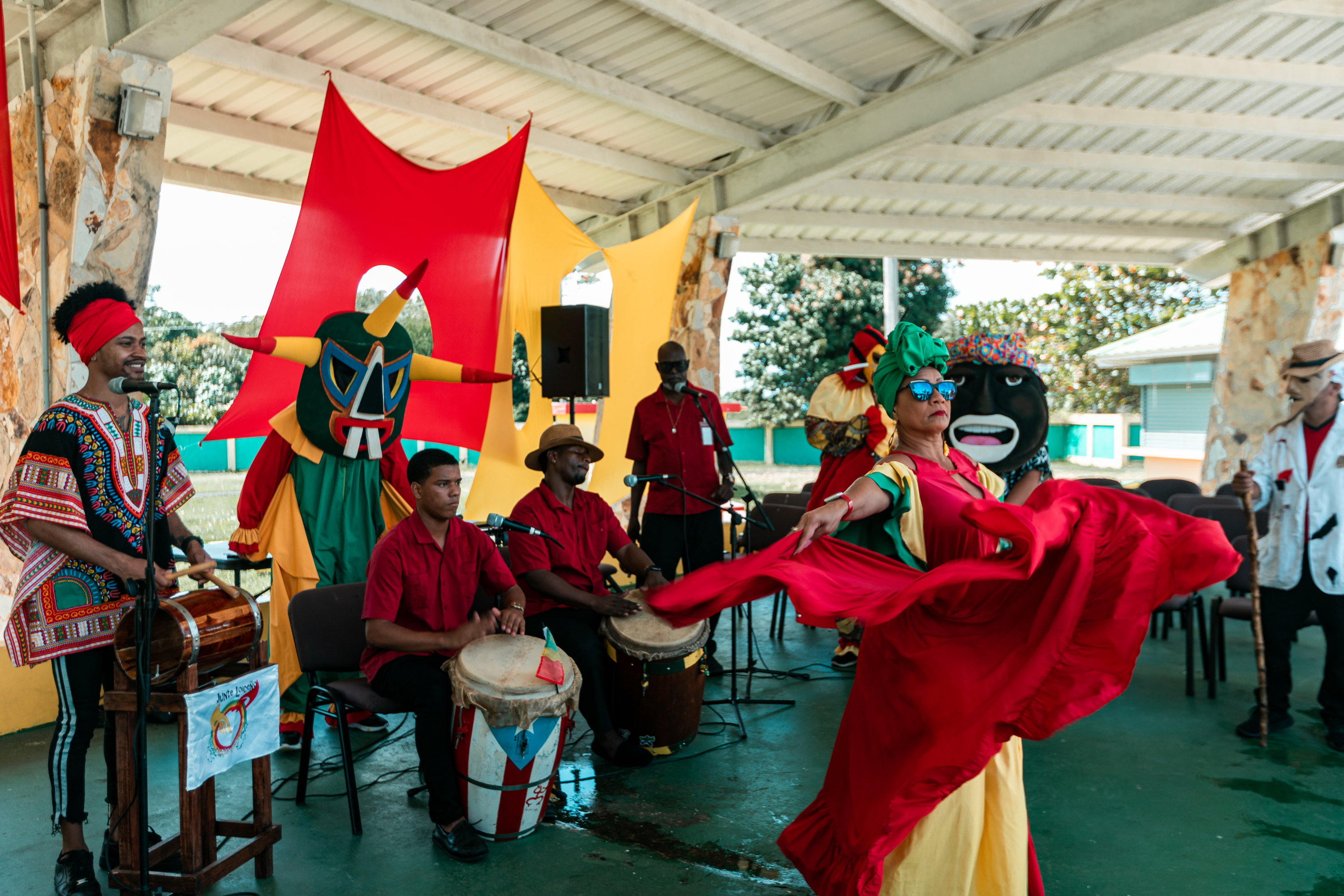
Bomba dancers from Puerto Rico. Photo: Courtesy of Discover Puerto Rico.
Puerto Rico's turquoise waters transform its landscapes into true postcards. If you want to escape from the city for a day, you can head to Fajardo. From there, Sail Getaways offers catamaran excursions to Culebra and Cayo Icacos. From the moment the catamaran sets sail, you'll understand why Puerto Rican beaches are considered the best in the Caribbean.
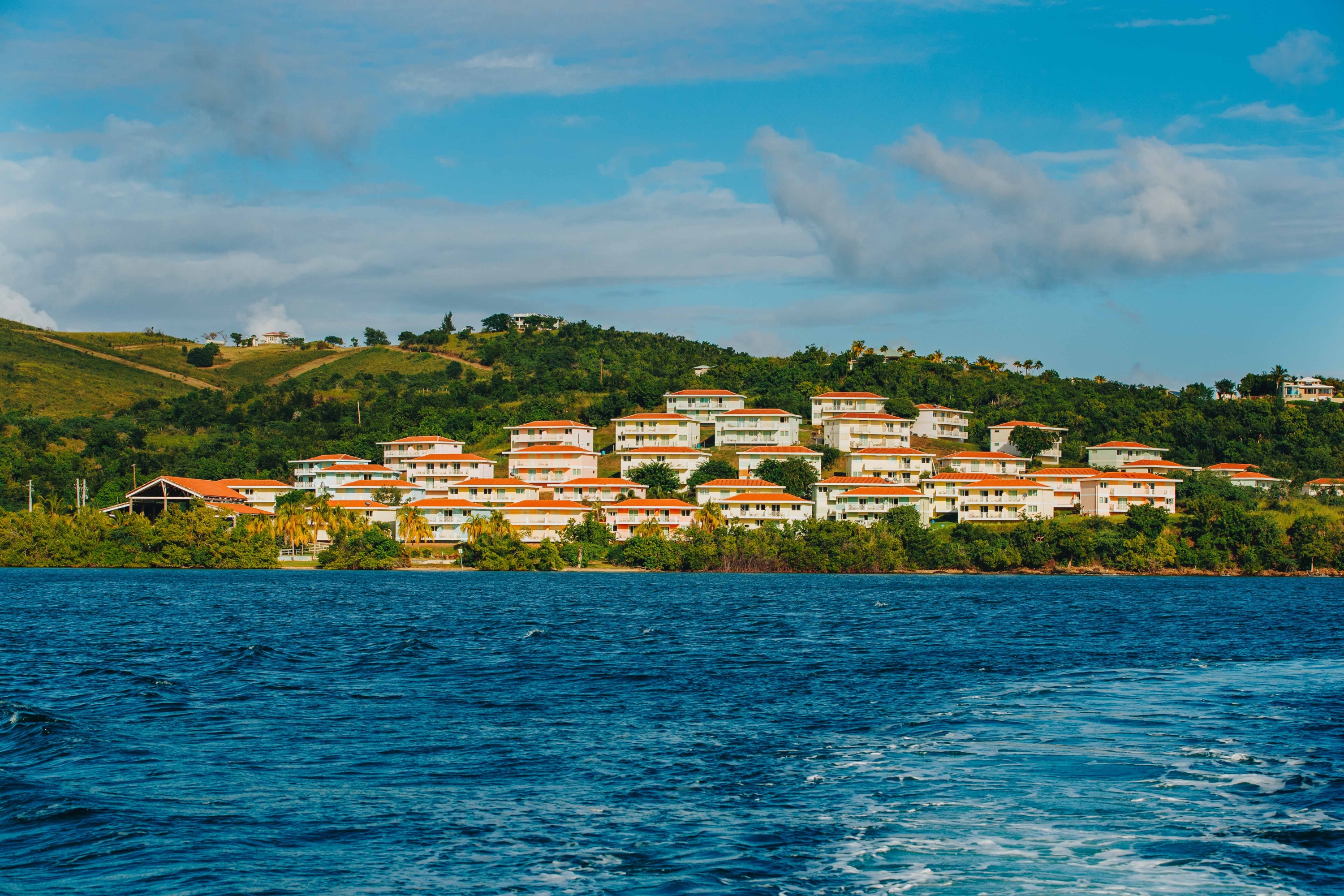
Culebra is an ideal destination for a day trip from the city. Photo: Courtesy of Discover Puerto Rico.
The advantage? You don't have to worry about food or drinks: everything is included. Plus, you can take snorkeling lessons and explore the underwater world. Cayo Icacos, part of the Arrecifes de la Cordillera Natural Reserve, is ideal for this activity. There you can observe corals, grunts, starfish, sea turtles, and birds.
For an even more fun experience, the catamaran features trampolines, swings, and water slides that will make this experience unforgettable.
Another recommended option is to rent a car and drive to the west of the island, perfect for enjoying water sports. Some towns that make up this region are Aguada, Aguadilla, Añasco, Las Marías, and Mayagüez.
A popular beach for locals is Crash Boat, in Aguadilla. There you can enjoy good music, traditional food at the kiosks next to the pier, and a hip atmosphere.
On your way from San Juan, you'll likely pass by La Cara del Indio, a stone sculpture carved in Isabela that pays tribute to the Taíno chief Mabodamaca. This impressive work welcomes visitors to the city and is a great spot to stop and take a photo.
The colorful houses, Puerto Rican hospitality, mountains that blend into the sea, and the turquoise waters make visitors want to return to this Caribbean destination to continue immersing themselves in its passages, music, history, and culture.
Recommendations 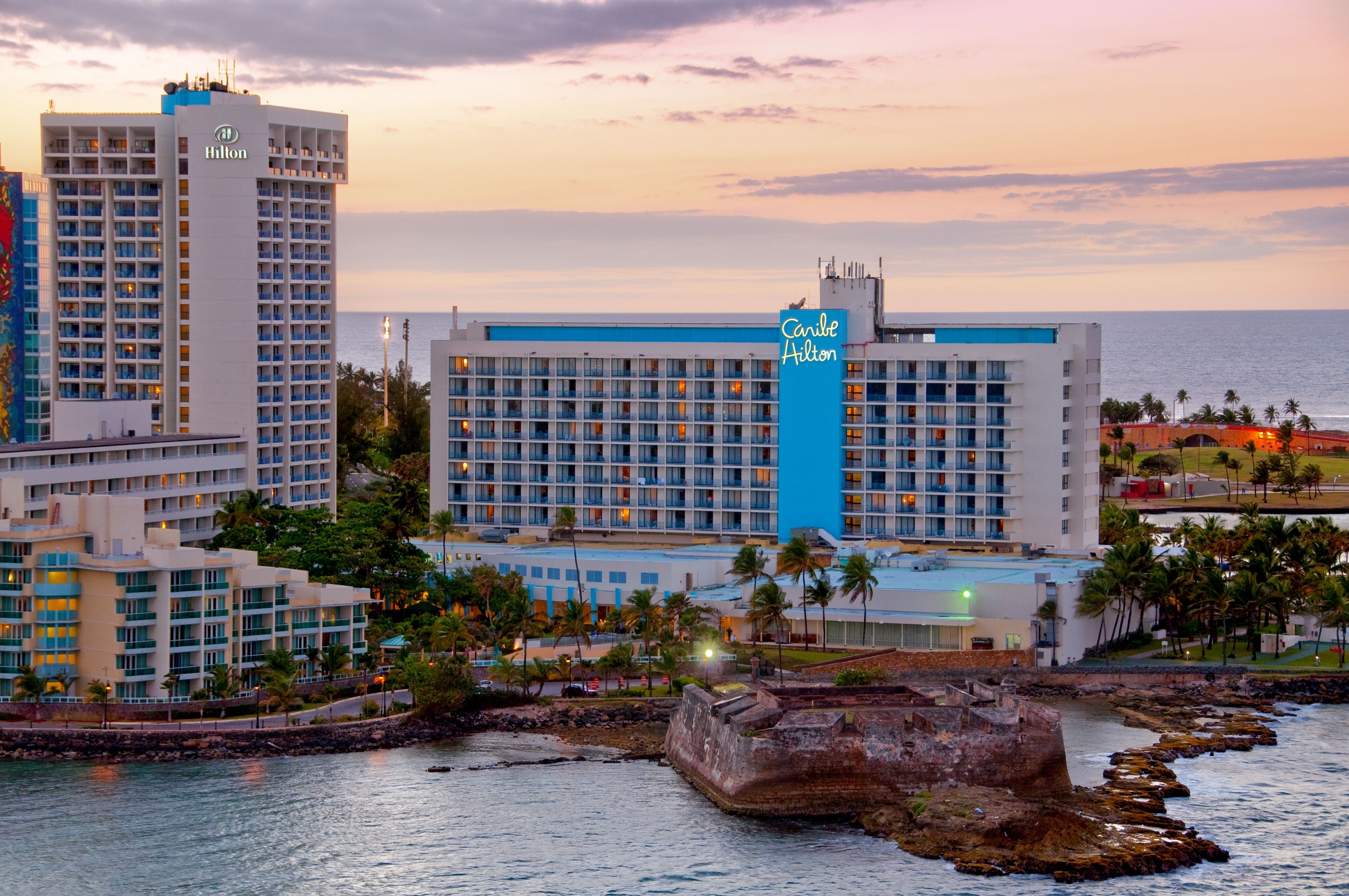
Overview of the Caribe Hilton. Photo: Courtesy of the Caribe Hilton.
- If you're traveling from Colombia, you'll find direct flights to San Juan with Avianca. There are also options with stopovers: Copa Airlines connects via Panama, while United and American Airlines operate flights from Houston and Miami, respectively.
- If you're staying in the capital, we recommend the Caribe Hilton. Its oceanfront location, just minutes from Old San Juan, makes it an ideal base for exploring the city's history, modern nightlife, and entertainment.
- Partying is an essential part of the Puerto Rican experience. If you're going for it, there are three areas in San Juan that will connect you with the nightlife. Old San Juan offers bars like La Factoría, renowned for its cocktails and salsa-fueled atmosphere. Calle Cerra, with its artistic vibe, and Placita de Santurce, famous for its energy and open-air reggaeton, complete the experience. Although the party officially ends at 2:00 a.m., many continue dancing in the streets until sunrise.
- While San Juan's tourist attractions are diverse, venture out to other parts of the island. Some recommended spots include Ponce, Héctor Lavoe's hometown; El Yunque National Forest; Bioluminescent Bay; and the Bacardi Rum Factory.
- Beaches are also part of Puerto Rico's essence. Don't miss Flamenco Beach in Culebra, Cayo Icacos; Jobos in Isabela; Crash Boat in Aguadilla; and the Mar Chiquita landscape in Manatí. While planning your trip, check when sargassum season is.
- Remember that Colombians need a valid U.S. visa to enter this destination.
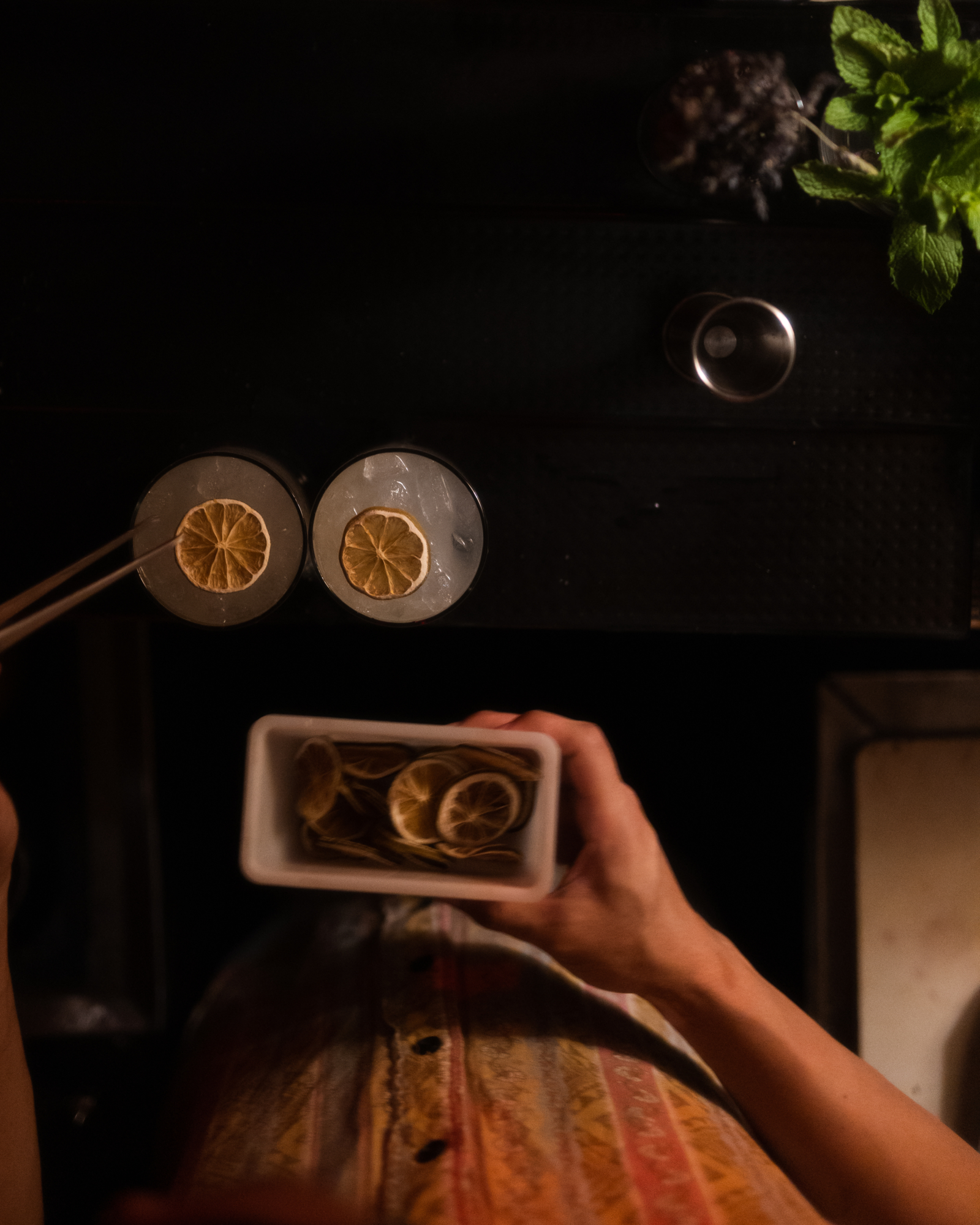
La Factoría is a bar known for its cocktails. Photo: Courtesy of Discover Puerto Rico.
ANGIE RODRÍGUEZ - TRAVEL EDITORIAL - @ANGS0614
eltiempo





